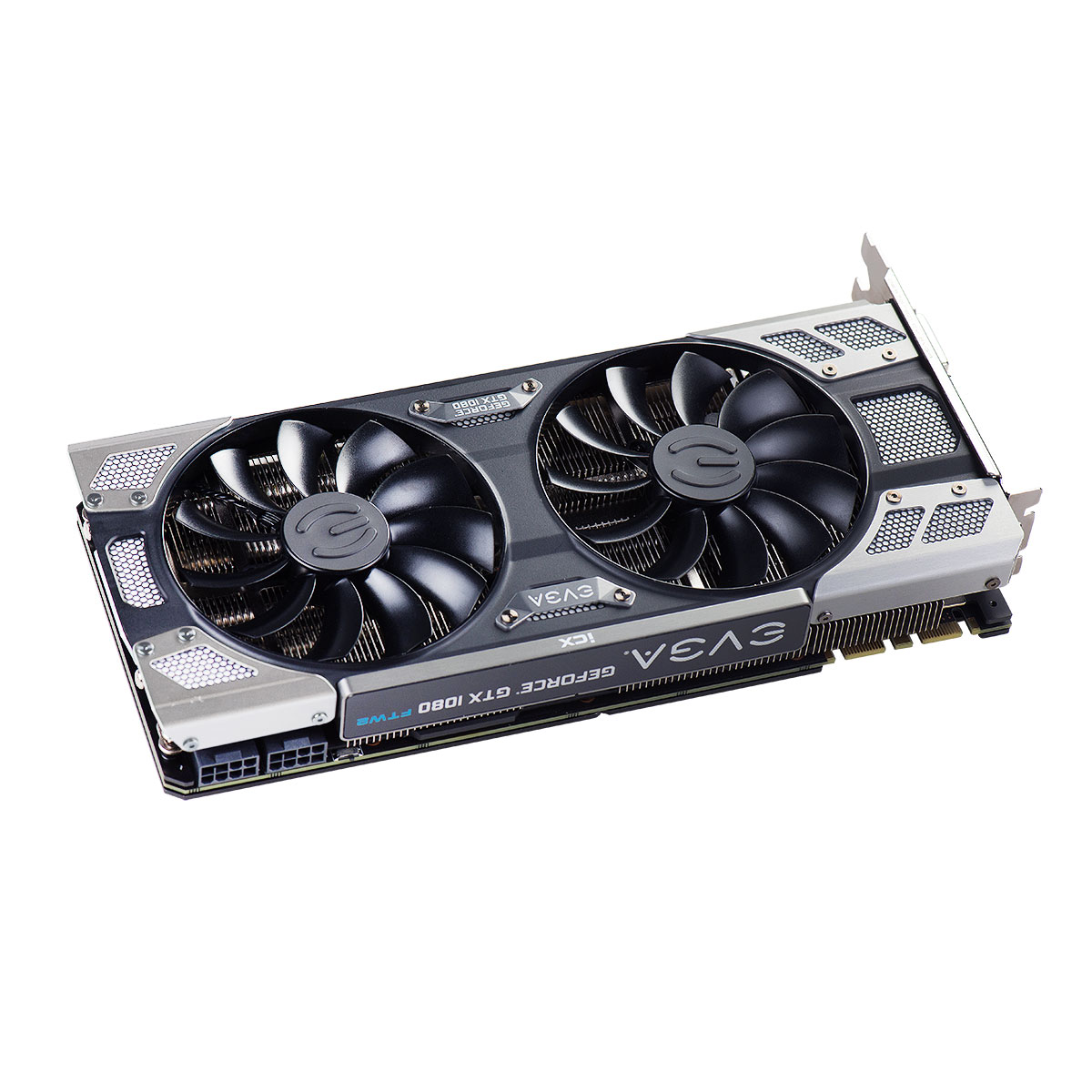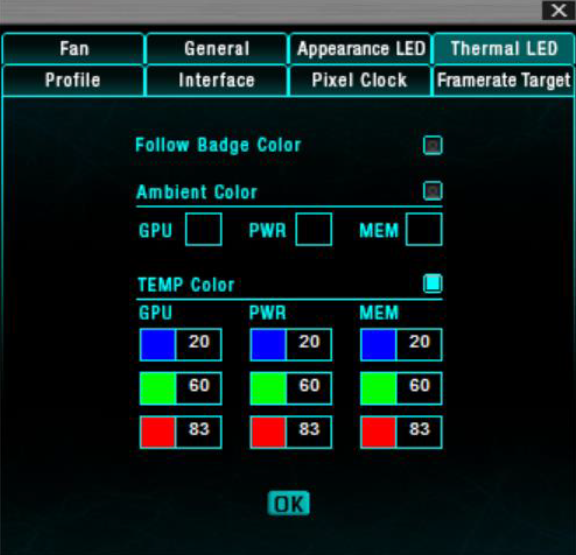EVGA's iCX Technology Provides An Updated Approach To Temperature Monitoring
We got a brief glimpse of EVGA’s new iCX cooler last month during CES, but the company hasn’t revealed much since. Now, EVGA is breaking the silence with full details about the cooler, the graphics cards it will be available on, and its availability. We got a chance to go deep on the new tech, which you can read here.
EVGA announced its ACX 3.0 cooling solution back when Nvidia revealed the Pascal-based GTX 1080. Since then, the company has applied the ACX 3.0 solution on several of its Pascal models, the latest being the GTX 1050 and GTX 1050 Ti. However, many owners of GTX 1070 and 1080 FTW cards experienced thermal issues; sure enough, we found that this stemmed from inadequate cooling around the VRMs and memory. EVGA promptly issued a BIOS update for the affected cards as well as free thermal pad kits.
This fiasco has died down somewhat, but it raised new questions regarding the way EVGA (and graphics card vendors in general) monitor temperatures. Currently, monitoring software detects only the GPU temperature, and we base our fan speeds on that. Meanwhile, the rest of your graphics card’s temperatures go undetected. Nvidia’s Pascal GPUs have plenty of horsepower to offer while remaining relatively cool, but the same can’t be said about the memory or the PWMs.
To address this, EVGA is introducing iCX, which the company touts as “more than just a cooler.” iCX stands for “Interactive Cooling Xtreme,” and its motto is “Peace of Mind Gaming.” To achieve this, not only has the cooler shroud been redesigned, but so has the PCB. The new PCB features nine temperature sensors: three for memory, five for PWM, and one for the GPU. All of these temperatures are monitored independently within EVGA’s Precision XOC software.
The cooler shroud itself features two fans that run asynchronously, or rather, the fans run independently of each other based on the graphics card’s GPU, PWM, and memory temperatures. The primary fan is controlled by the GPU’s temperature, whereas the secondary fan is controlled by the PWMs and memory. If the sensors detect a low GPU temperature and high PWM and/or memory temperatures, the first fan will slow down while the second fan maintains a higher RPM.
Besides the fan curves, users can also create custom RGB profiles based on the detected temperatures. The shroud features RGB indicator displays: G, P, and M, which correspond to GPU, PWM, and memory, respectively. The G, P, and M backlighting will change depending on how you configure your settings in Precision. The example below depicts the backlight glowing blue when a component measures between 20 and 60° C, glowing green above 60° C, and finally glowing red when temperatures reach 83° C.
The new iCX cards have die-cast baseplates and backplates. In addition to providing rigidity, the baseplate and backplate act as heatsinks by making direct contact with the components. The baseplate features interlaced pin fins that provide additional heat dissipation, whereas the backplate is divided into two pieces to prevent heat from the PWMs and memory from spilling over to the GPU (and vice versa).
Get Tom's Hardware's best news and in-depth reviews, straight to your inbox.
The heat fins received a facelift as well; half of the fin array consists of L-shaped fins that make direct contact with the components while the other half remain open to direct the airflow. Small holes have been punched into the fins provide additional airflow. Finally, a safety fuse has been integrated into the PCB that will blow should the temperatures ever reach a critical point. The shroud won’t be compatible with current SC and FTW PCBs, but it will fit on EVGA’s Hybrid models.
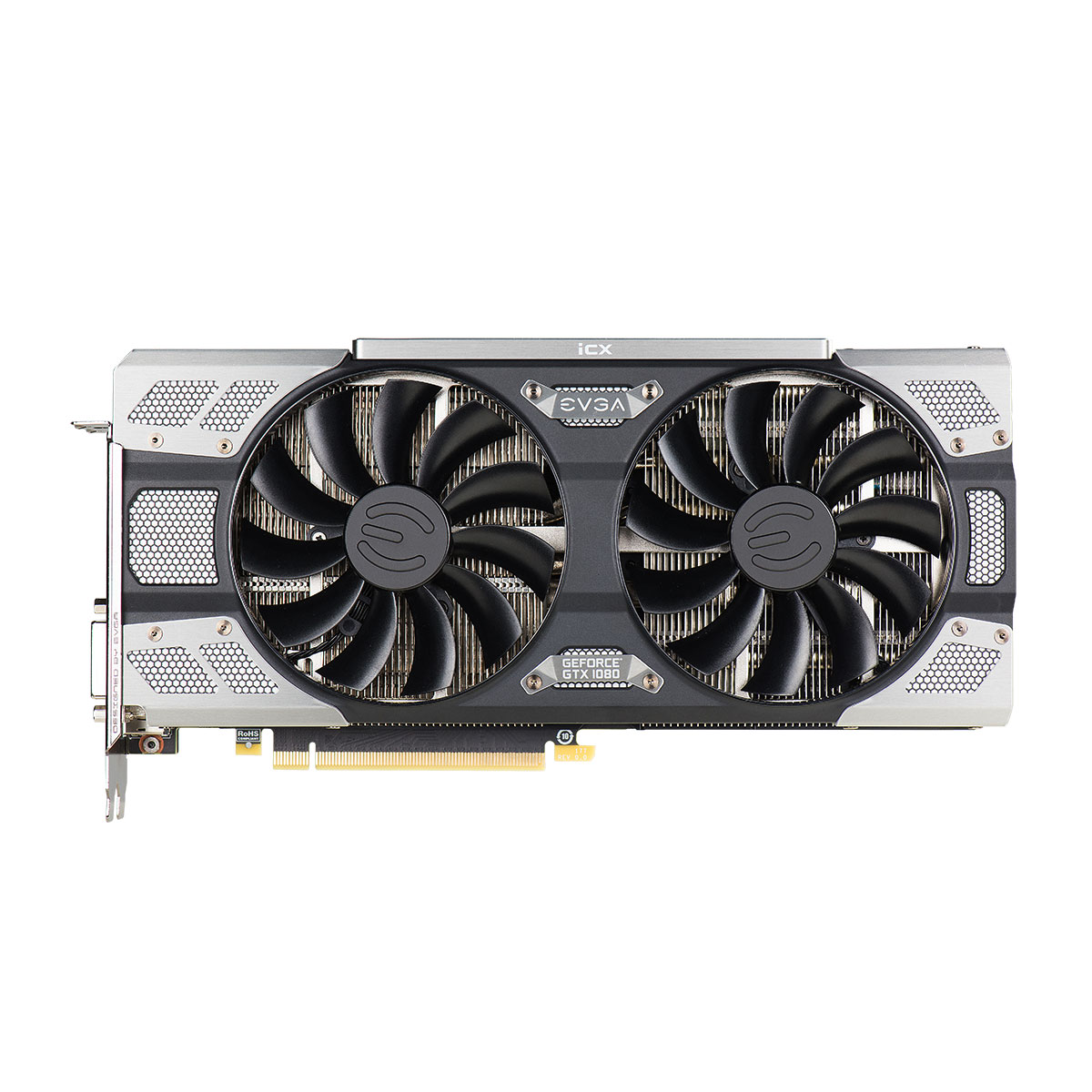
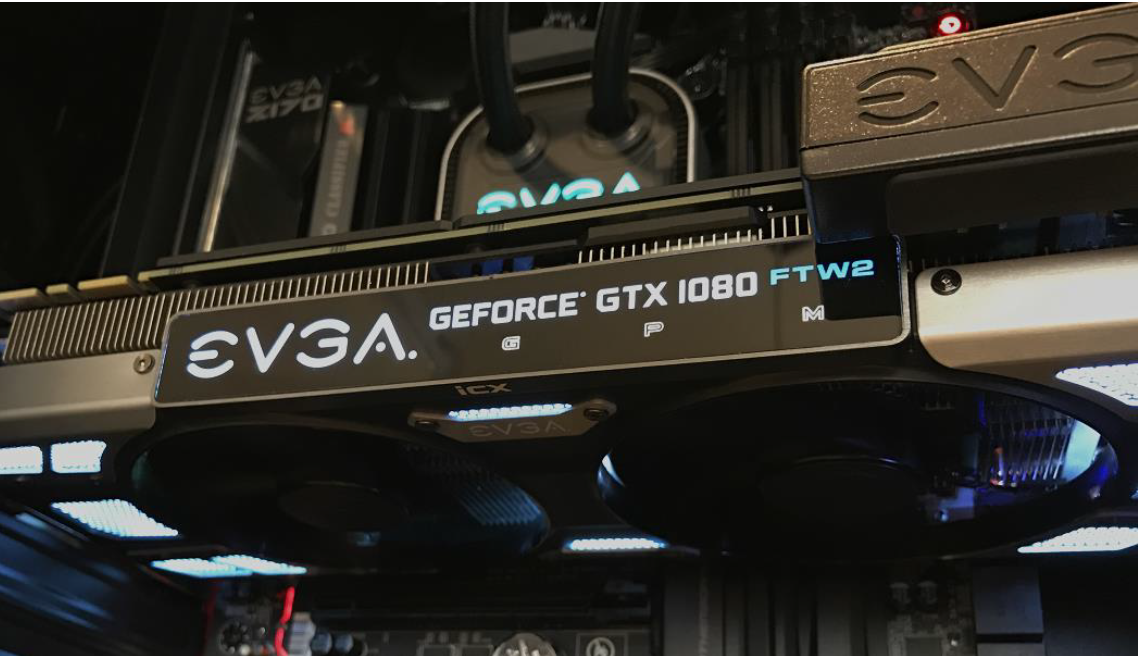
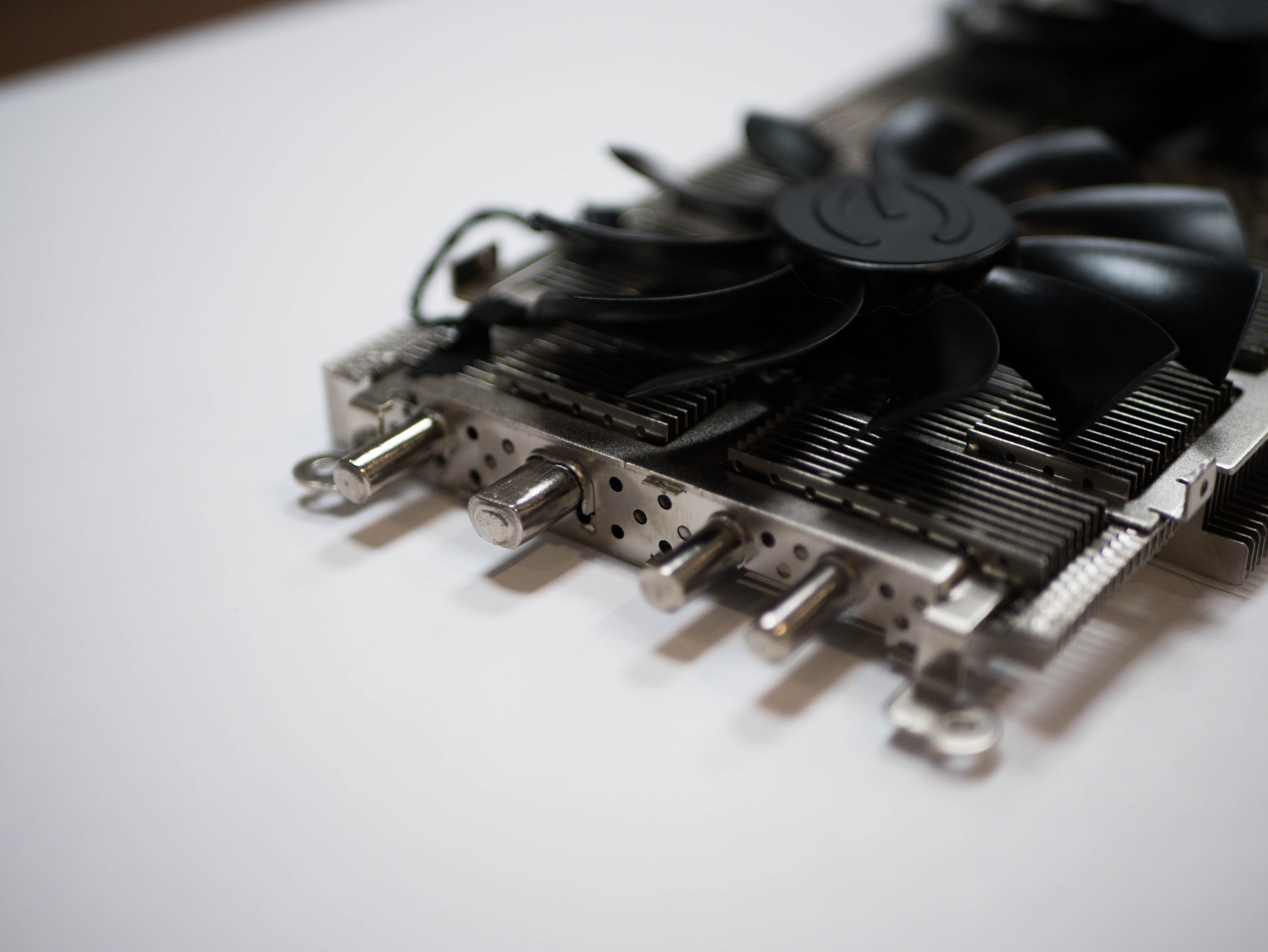
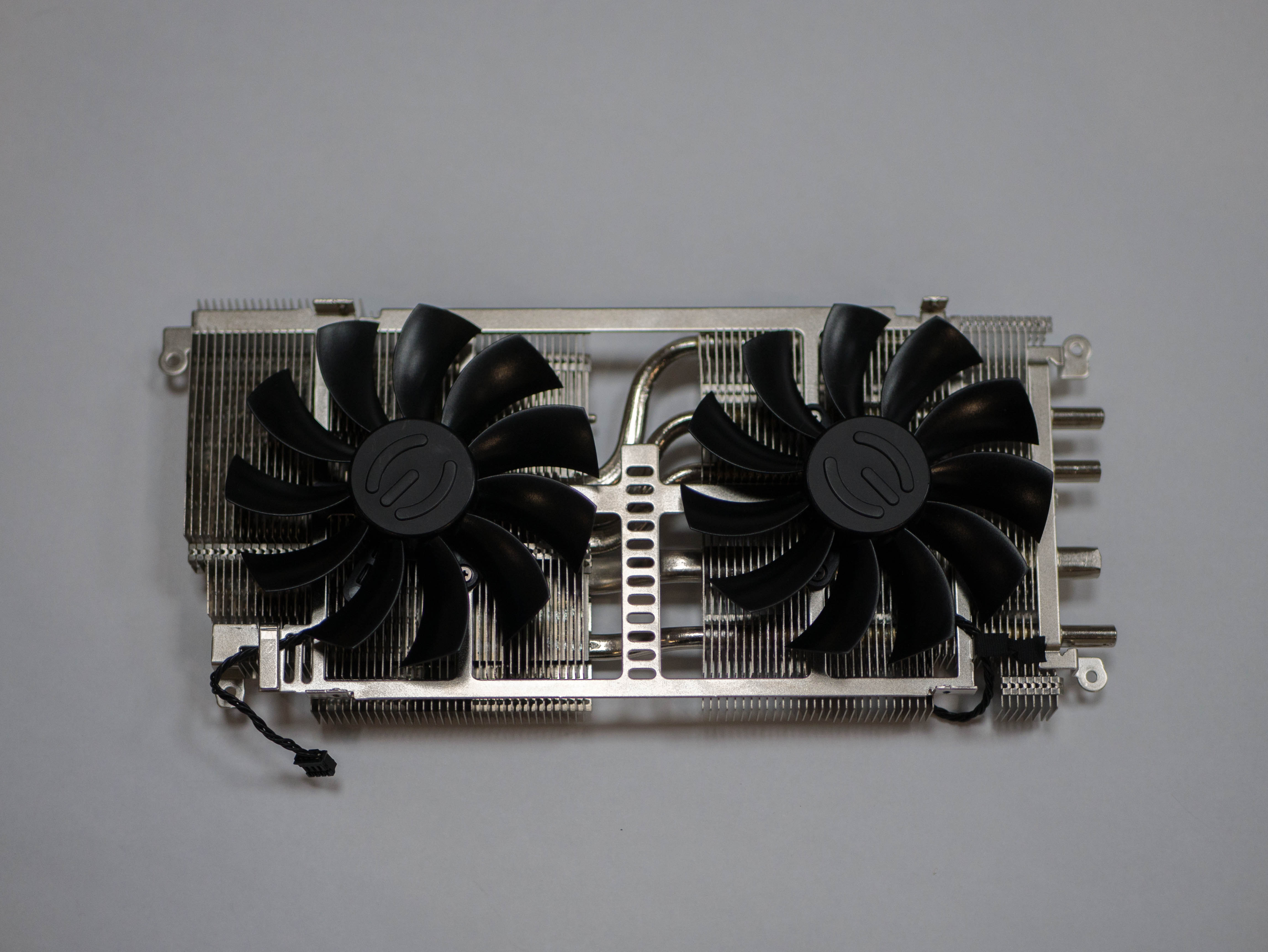
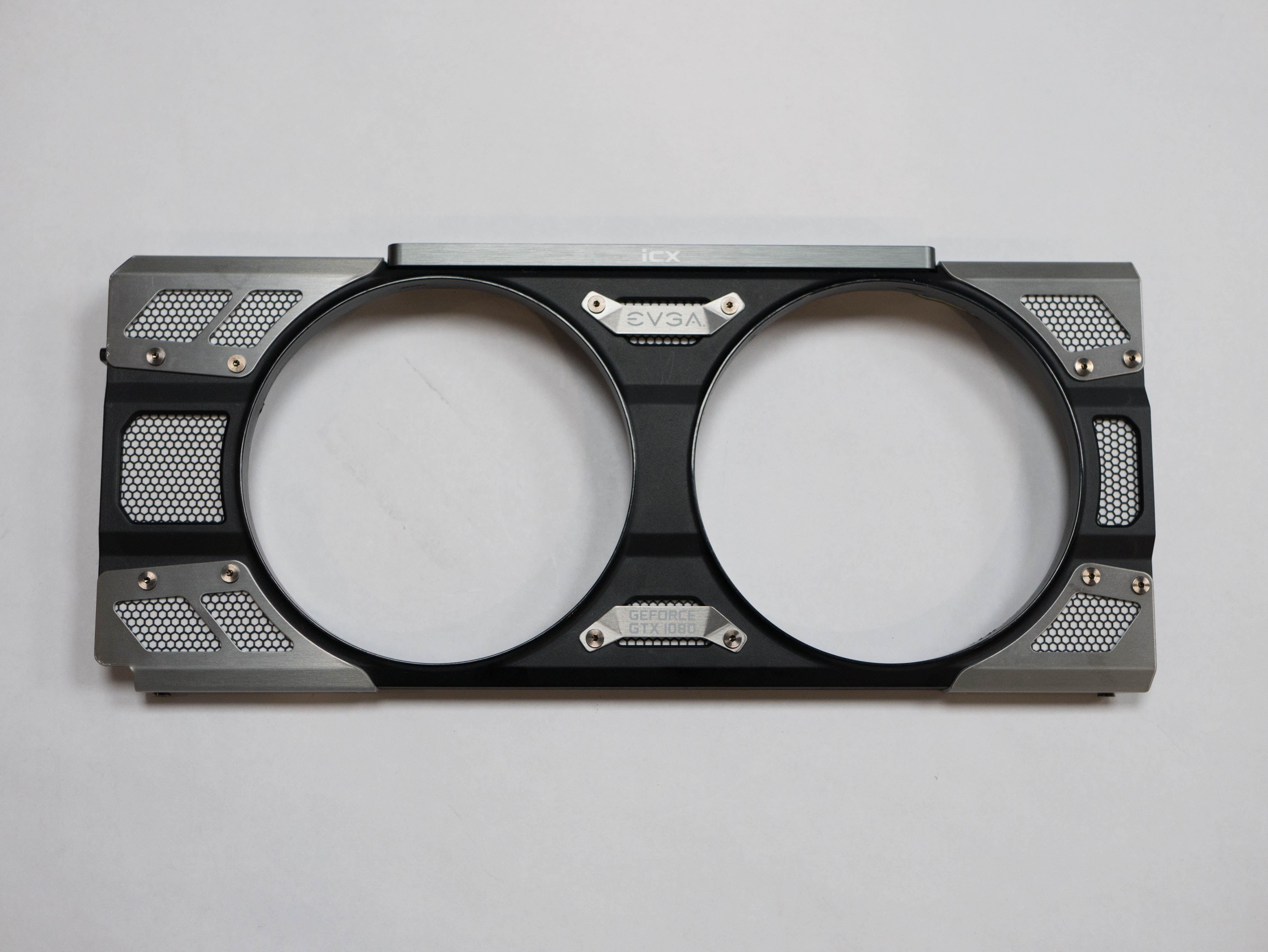

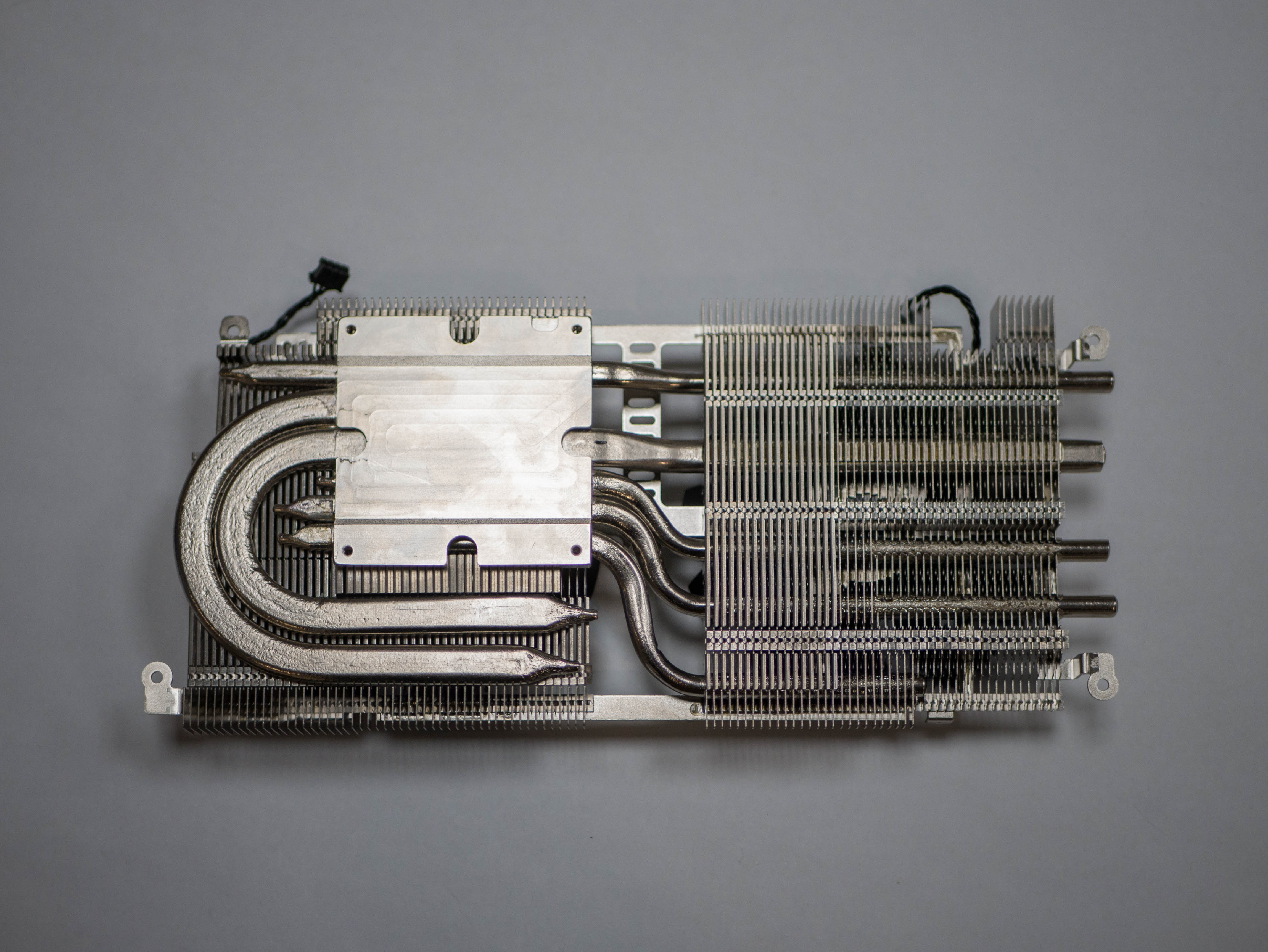
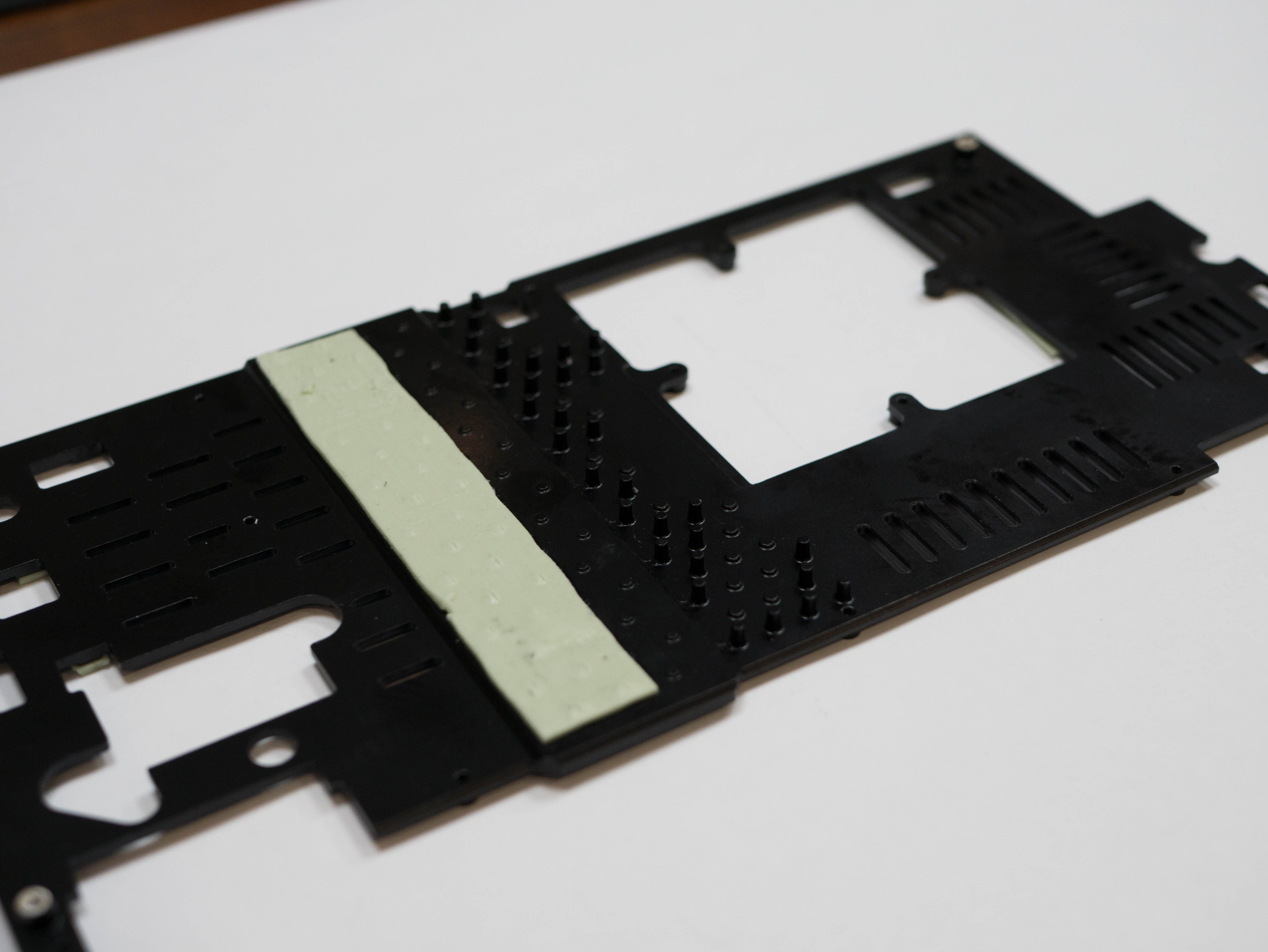
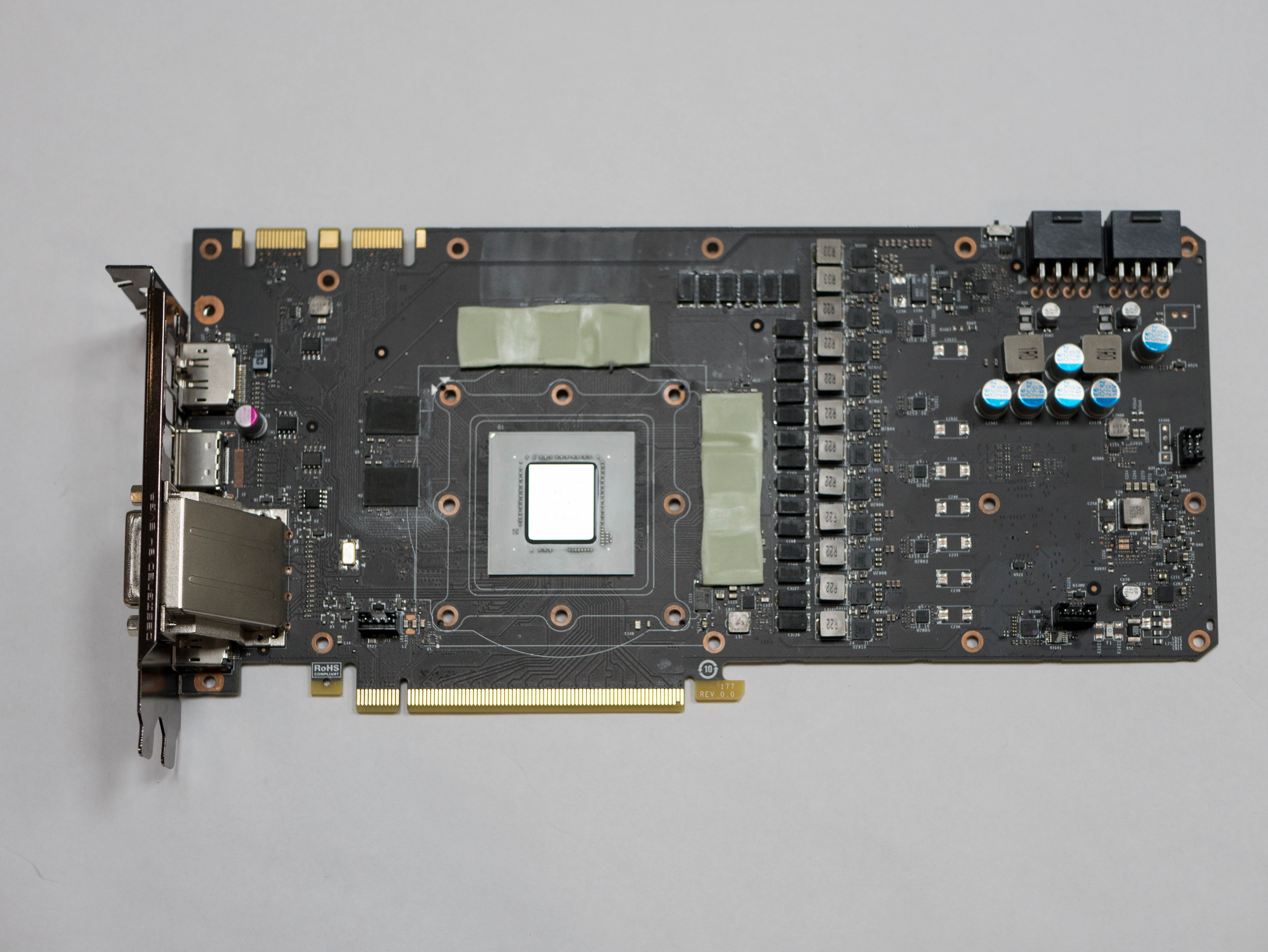
To kick off iCX’s unveiling, EVGA has announced the GTX 1080 FTW2 iCX, which will be available immediately. In addition, iCX will be featured on all of EVGA’s 10-Series lineup in SC2 and FTW2 flavors. Moving forward, EVGA still plans on offering ACX cards, with iCX cards being offered as a premium alternative. Finally, the company has also announced a $99 ACX-to-iCX upgrade program for current ACX 3.0 card owners.
| Product | EVGA GTX 1080 FTW2 iCX |
|---|---|
| CUDA Cores | 2,560 |
| Base Clock | 1,721 MHz |
| Boost Clock | 1,860 MHz |
| Memory | 8,192MB GDDR5X, 256-Bit |
| Outputs | -HDMI 2.0-DisplayPort 1.4 x 3-DVI-D |
| Power Connectors | 8-Pin (6 + 2) x 2 |
| Power Supply | 500W or greater |
| Dimensions | Dual Slot 5.06 x 10.5 inches (HxD) |
| Price | $680 |
Tom's Hardware is the leading destination for hardcore computer enthusiasts. We cover everything from processors to 3D printers, single-board computers, SSDs and high-end gaming rigs, empowering readers to make the most of the tech they love, keep up on the latest developments and buy the right gear. Our staff has more than 100 years of combined experience covering news, solving tech problems and reviewing components and systems.
-
DookieDraws Yikes! $99 to step up to an iCX-equipped card? IF, and I stress IF here, EVGA sold faulty GPUs, seems to me the honorable thing to do here would be to allow those buyers to upgrade their cards for free. Or at least for a more reasonable fee. $99 seems a bit expensive to me.Reply -
dstarr3 Reply19279966 said:Yikes! $99 to step up to an iCX-equipped card? IF, and I stress IF here, EVGA sold faulty GPUs, seems to me the honorable thing to do here would be to allow those buyers to upgrade their cards for free. Or at least for a more reasonable fee. $99 seems a bit expensive to me.
The GPUs weren't defective, the cooler was only sometimes inadequate for some people's OCs if they happened to win the GPU lottery and also push that lucky GPU to its max. -
Mr5oh It's also worth noting, the way it looks at the moment, SC SSC, FTW, etc cards are excluded from this stepup program. I've logged into my EVGA account, and my 1070 FTW card for example shows "No Step-Up Allowed." I'm going to call them Monday morning and see what's going on. Either way, my temps are are fine, in my case, over half the time my GPU fans aren't even on.Reply -
Mr5oh Ok EVGA's official stance apparently is only reference cards can "step-up", so those with factory overclocked cards, can't "step-up". So they aren't really trying to help those with the "cooling" issues, as I think they know most of those users probably would just pay the fee. All of those users are are stuck with the thermal pad fix.Reply
Which admittedly works fine. However they should have left well enough alone, this will just leave a bad taste in everyone's mouth. Offer the program to everyone, or no one. -
JackNaylorPE ReplyCurrently, monitoring software detects only the GPU temperature, and we base our fan speeds on that.
However, many owners of GTX 1070 and 1080 FTW cards experienced thermal issues; sure enough, we found that this stemmed from inadequate cooling around the VRMs and memory. EVGA promptly issued a BIOS update for the affected cards as well as free thermal pad kits.
VRM quality and cooling been an issue with the SC line since the 5xx series. If there's a good thing to come out of the 1070 / 1080 SC / FTW fiasco, it's that EVGA is finally paying attention.
-
nycalex Reply19285272 said:Ok EVGA's official stance apparently is only reference cards can "step-up", so those with factory overclocked cards, can't "step-up". So they aren't really trying to help those with the "cooling" issues, as I think they know most of those users probably would just pay the fee. All of those users are are stuck with the thermal pad fix.
Which admittedly works fine. However they should have left well enough alone, this will just leave a bad taste in everyone's mouth. Offer the program to everyone, or no one.
you sure?
i just stepped up my thermal pad fixed gtx 1080 gaming sc (6183) to an ICX sc2.
the only reason i did it was because i lost the silicon lottery on my replacement card. it wouldn't go past 1960mhz.
and also i fear my ACX 3.0 card will lose significant value over time.
the $99 did leave a sour taste in me tho, it was quite expensive considering i'm already down $650 for the 1080. -
Mr5oh @NYCALEX thats what Im seeing over at EVGA. When I log into my EVGA account, where I have my cards registered my GTX 1070 FTW says NO STEP ALLOWED next to it for some reason?Reply
I still plan on calling them anyways to find out whats going on. However on the EVGA forums MODs and support are indicating only reference cards? -
videobear Hmmm...a fuse "integrated into the PCB"? If it blows, is it user replaceable? Or replaceable at all??Reply -
pysc1984 original card P/N: 08G-P4-6286-KRReply
The system will not allow me to step up to P/N: 08G-P4-6686-KR which is the FTW2 card the redesign of the 6286 model. Any help would be much appreciated.
Its worth noting that i do have the option to "Step Up" but all the cards listed are lower tier compared to my original card.. I just want to switch my FTW to FTW2. don't want a time bomb 4 - 5 years down the road.
